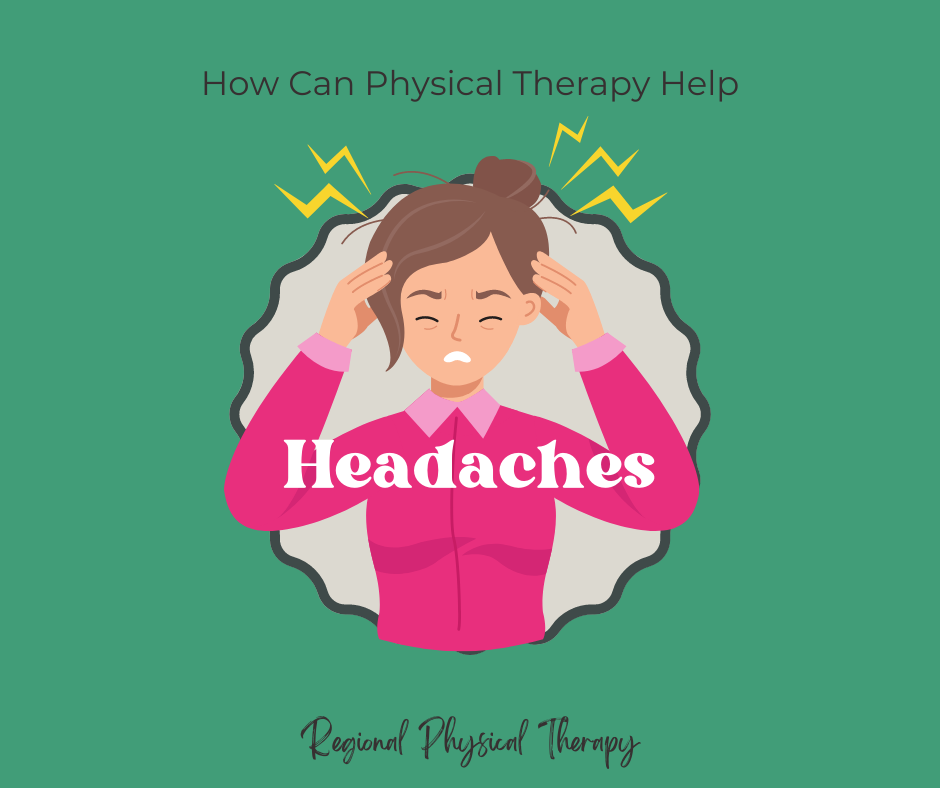Headaches and Physical Therapy
Headaches can be a debilitating and disruptive condition, affecting individuals of all ages and backgrounds. While there are various causes and types of headaches, physical therapy has emerged as a promising approach to effectively manage and even alleviate their symptoms. In this blog post, we will explore how physical therapy can help relieve headaches, backed by research and expert opinions.
1. Identifying Underlying Causes:
Physical therapists play a crucial role in identifying the root causes of headaches. They carefully assess the musculoskeletal system, including the neck, shoulders, and upper back, as tension and imbalances in these areas can contribute to headache development. By pinpointing these underlying causes, physical therapists can tailor treatment plans to address the specific needs of each patient.
2. Manual Therapy Techniques:
Manual therapy techniques, such as soft tissue mobilization, joint mobilization, and myofascial release, are commonly employed by physical therapists to alleviate headaches. These techniques aim to reduce muscular tension, improve blood flow, and restore proper alignment and mobility to the affected areas. By releasing tension and promoting relaxation, patients often experience a significant reduction in headache frequency and intensity.
3. Posture Correction:
Poor posture, especially in individuals who spend long hours sitting or engaging in repetitive activities, can contribute to tension headaches. Physical therapists assess the patient's posture and provide exercises and guidance to correct any postural imbalances. These exercises aim to strengthen weak muscles, stretch tight muscles, and promote proper alignment. By improving posture, patients often experience a reduction in headache frequency and intensity.
4. Exercise and Stretching:
Regular exercise and stretching are integral components of physical therapy for headache management. Physical therapists prescribe specific exercises and stretches tailored to the individual's needs and condition. These exercises not only strengthen the supporting musculature but also improve flexibility and promote overall well-being. Engaging in regular physical activity has been shown to reduce the frequency and severity of headaches.
5. Stress Reduction Techniques:
Stress is a common trigger for headaches, and physical therapists incorporate stress reduction techniques into their treatment plans. These may include relaxation exercises, breathing techniques, meditation, and mindfulness practices. By helping patients manage stress more effectively, physical therapists can potentially prevent or minimize headache episodes.
Physical therapy offers a holistic and non-pharmacological approach to managing headaches. By addressing the underlying causes, utilizing manual therapy techniques, correcting posture, prescribing exercises, and incorporating stress reduction techniques, physical therapists can help alleviate headache symptoms and improve overall quality of life.
Sources:
1. Gross AR, et al. (2019). Manipulation and mobilisation for neck pain contrasted against an inactive control or another active treatment. https://doi.org/10.1002/14651858.CD004249.pub4
2. Haas M, et al. (2018). Dose-response and efficacy of spinal manipulation for care of cervicogenic headache: A dual-center randomized controlled trial. https://doi.org/10.1016/j.jmpt.2018.07.004
3. Fernández-de-las-Peñas C, et al. (2019). Effectiveness of physical therapy in patients with tension-type headache: Literature review. https://doi.org/10.1016/j.pmt.2019.06.002

